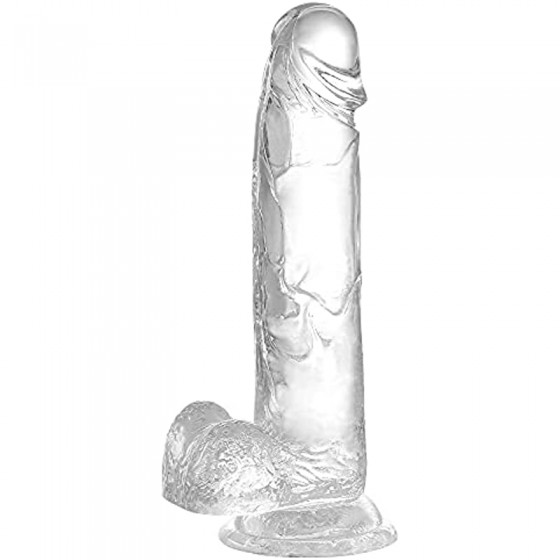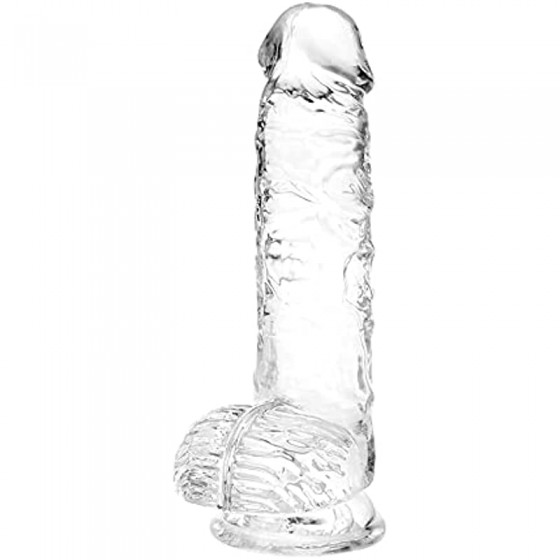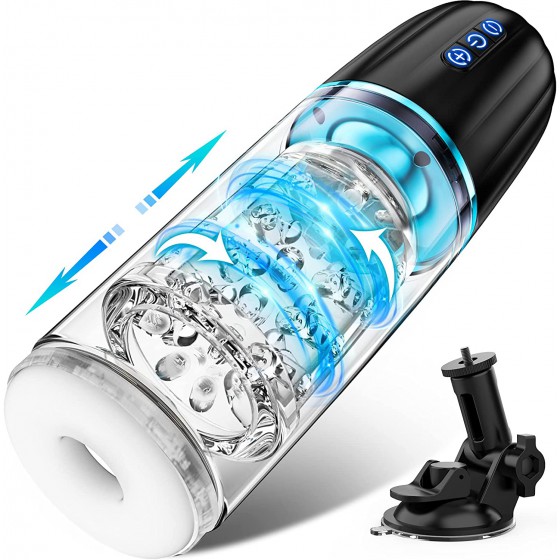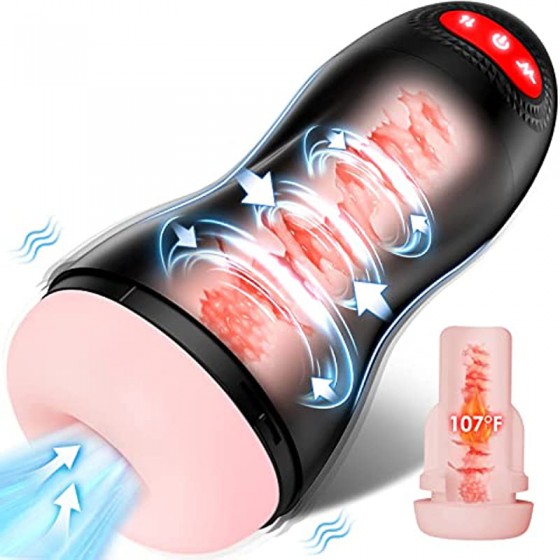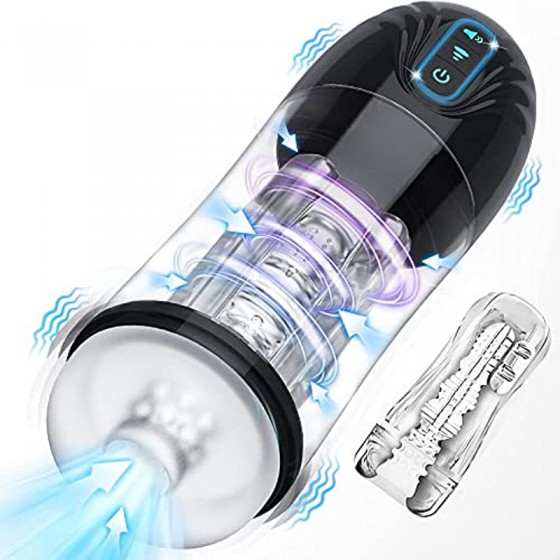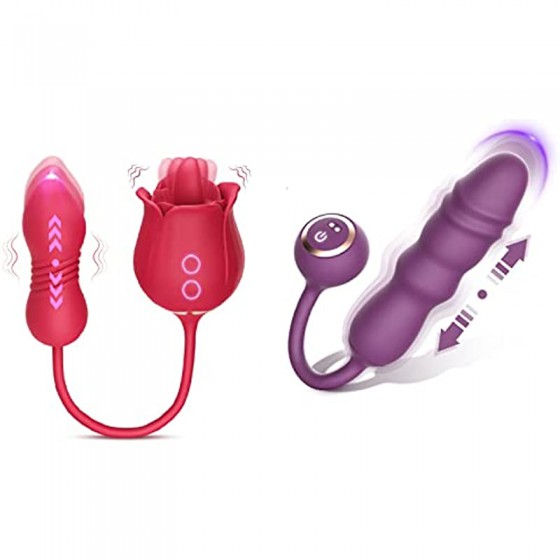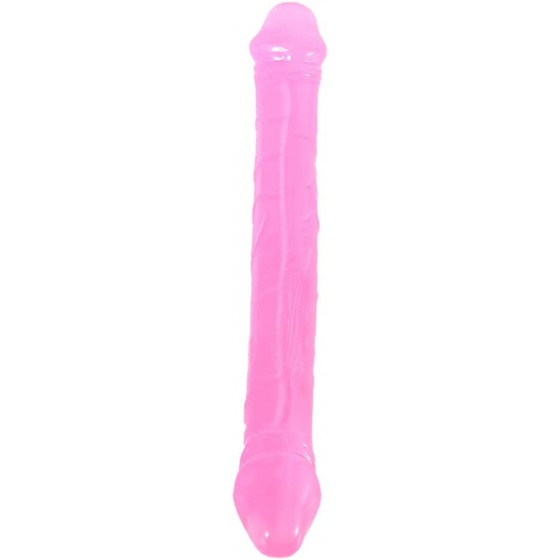These are the early symptoms of prostate cancer! What treatments are available?
The clinical manifestations of prostate cancer vary greatly and are related to the type of tumor. Both latent and latent types have no local symptoms. Clinical local symptoms are similar to those of prostatic hyperplasia.
Prostate cancer symptoms
1. In the early stages, patients have no characteristics or symptoms. As the condition progresses, patients may notice the following:
1. Frequent urination and urgency.
2. Urinary retention.
3. There is a spicy feeling when urinating.
4. It is difficult to form urine flow.
5. Hematuria.
6. Pain during urination.
7. Bone pain, etc.
2. Some people have no symptoms in the early stage. Symptoms only appear when cancer causes obstruction of the bladder neck and urethra. Some patients seek medical treatment with symptoms of metastasis, manifesting as low back pain, sciatica, etc. Therefore, for metastatic cancer with unknown primary site in men, prostate cancer should be excluded. When it invades the bladder neck and urethra, there will be symptoms of urethral stricture, frequent urination, urgency, dysuria, hematuria, difficulty urinating and other symptoms. Patients have chronic wasting symptoms, such as weight loss, weakness, anemia, etc.
Causes of prostate cancer
1. Age
Age is a cause of prostate cancer. Prostate cancer is very rare in men younger than 45 years old, but the incidence rate of prostate cancer increases sharply with age, and the vast majority of prostate cancer patients are older than 65 years old. Basically, for every 10 years of age after age 40, the incidence of prostate cancer almost doubles. The incidence of prostate cancer is higher in African Americans, followed by Hispanics and white Americans, while the incidence of prostate cancer in black Africans is the lowest worldwide. The incidence of prostate cancer among Asian men living in the United States is lower than that of Caucasians, but significantly higher than that of native Asian men.
2. Environment
The occurrence of diseases is also indirectly related to the quality of the environment. Cadmium pollution in the air can increase the chance of men suffering from prostate cancer. Therefore, it is very important to stay away from pollution and live in a good environment. Long-term, chronic bacterial or viral infection will greatly increase the chance of prostate cancer.
3. Heredity
If there are sick relatives in the family, the male is more likely to be sick than other ordinary people. Among the many patients, about 9% have a family history of the disease. When there is a direct male relative in the family suffering from prostate cancer, the incidence rate of men in the family is significantly increased. Direct male relatives generally refer to fathers and brothers. If one direct relative has prostate cancer, the probability of developing prostate cancer will be twice as high as that of the general population; if there are two, the probability of developing prostate cancer will be three times higher. This indicates that the occurrence of prostate cancer may be related to one or a group of genes in the body, but these genes have not been fully identified by scientists so far.
4. Sex life
The causes of prostate cancer are often closely related to the secretion of male hormones. The more frequent sex life, the more hormones men secrete, the greater the chance of the disease occurring.
How is prostate cancer treated?
1. Surgical treatment of prostate cancer
Surgical treatment is a common method nowadays, and the treatment also has good therapeutic effects. Radical prostatectomy, which includes the prostate gland and prostate capsule; pelvic lymph node dissection; transurethral resection of the prostate, is mainly used to relieve bladder neck obstruction.
Endocrine and adrenal drug therapy. Currently, endocrine therapy is the main treatment method for prostate cancer, especially for advanced prostate cancer. Estrogen drugs. Antiandrogens, including steroids and non-steroids. Gonadotropin-releasing hormone analog (gnrh-a), anti-adrenal drug.
2. Cell therapy for prostate cancer
Pay attention to timely treatment and pay attention to some healthy lifestyles and methods. Lymphocytes that have killing effects on prostate cancer include natural killer cells, killer cells, and killer T cells. They themselves can fight against the production of prostate cancer cells. According to experimental observations, one prostate cancer cell requires hundreds of lymphocytes to deal with it. There are approximately 1 billion tumor cells in one cubic centimeter of tumor mass. Therefore, if there are a large number of lymphocytes, prostate cancer cells can be effectively eliminated and the formation of prostate cancer cells can be resisted. This is the basic concept of cellular immunotherapy.
3. Cryotherapy for prostate cancer
Special attention should also be paid to the treatment of prostate cancer, and cryotherapy is the main method. It is a minimally invasive method of treating prostate cancer. Under ultrasound guidance, a probe is inserted into the prostate through the perineal skin, and then liquid nitrogen at minus 96 degrees Celsius is injected into the probe to freeze and kill tumor cells. Currently, cryotherapy is often used as a second-line treatment for prostate cancer patients who have failed external beam radiation therapy.






